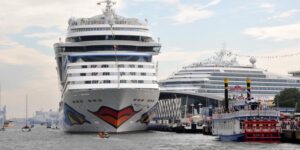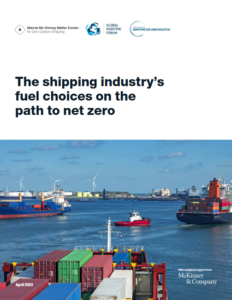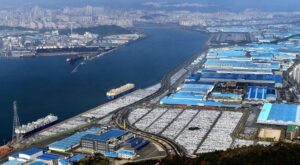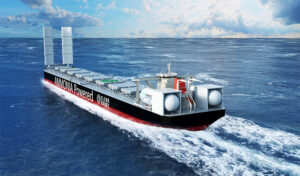Ammonia-powered cruising on the Baltic Sea
The CAMPFIRE consortium is exploring the feasibility of ammonia-powered cruise liners on the Baltic Sea. Project partners Rostock Port, Yara, DNV and Carnival Maritime discussed progress to date at a recent Maritime Ammonia Insights webinar, including promising logistics, infrastructure & safety findings.









